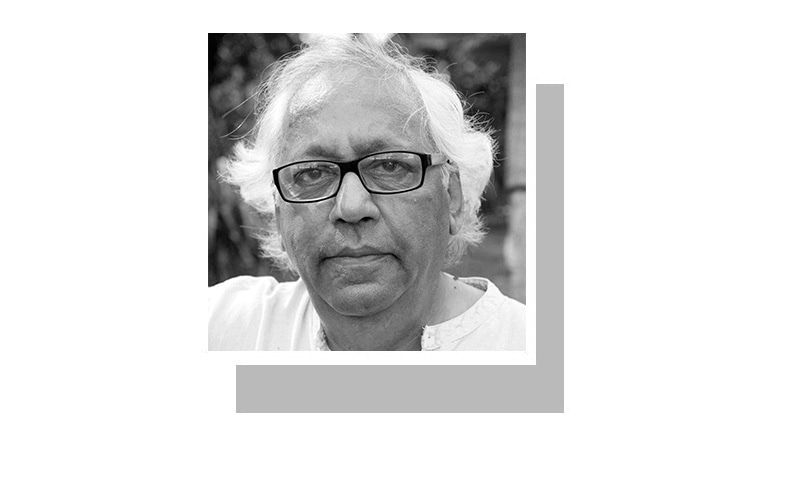
In his post-victory speech, Imran Khan expressed his admiration for China, and said he would send a team there to learn from our neighbour’s experience.
Since he has also announced an austerity policy, I thought I’d save the next government a lot of time and money by letting Khan know how China got to where it is. The first thing to remember is that the country is a one-party dictatorship that appears to brook no opposition.
In fact, I’m sure President Xi Jinping was probably mystified when he had to postpone his visit to Islamabad in 2014 because Imran Khan and Tahirul Qadri had locked down the capital in a months-long sit-in. In China, anybody attempting something similar would be thrown into jail before he could say “Naya Pakistan!”
We still remember the killing of protesters at Beijing’s Tiananmen Square in 1989, when troops opened fire on protesters, killing anywhere between 180 (official claim) and 10, 454 (figure reported by local activists and foreign diplomats from government archives).
Older readers might recall the disastrous Great Leap Forward, the Mao-inspired nightmare that saw millions starve to death. This plan called for even the smallest farm to be incorporated into cooperatives that would buy grain at low prices from peasants and sell it to urban consumers for far more. The resultant profit would finance rapid industrialisation. Peasants were charged 30 per cent of their produce in taxes, leaving them with little surplus to feed themselves and their families; 18m dead is at the low end of estimates, while Chinese historian Yu Xiguang arrived at the horrifying estimate of 55.6m.
There is another side to the Chinese example.
Then we come to the Cultural Revolution of 1966. Feeling under pressure from more moderate members of the politburo, Mao launched the movement to purge society and the Communist Party of those seen as resisting radical change. Across the country, young party cadres and students, calling themselves the Red Guards, went on a rampage, terrorising, humiliating, and often killing those they identified as members of the bourgeoisie. It has been estimated that anywhere between 500,000 and 2m people were killed in the upheaval across China.
When Mao realised his movement to purify the party was spinning out of control, he sent hundreds of thousands of students and Red Guards into the countryside for ‘re-education’. Schoolteachers and university professors who had escaped the purge also suffered, and an entire generation of students missed classes for years.
Currently, the government is carrying out a programme of ‘integration’ in Xinjiang province, home to Muslim Uighurs. They are ethnically and culturally different from the majority Han, and have resisted efforts to force them to shed their Islamic heritage. A handful have turned to terrorism, but the peaceful majority are subjected to constant searches at road blocks, and are often consigned to ‘re-education centres’.
For decades, the ‘one-child’ policy was enforced to control the population. Couples who exceeded this quota found themselves locked out of state housing and being socially ostracised. Recently, to step back from a decline in population as the number of males now exceeds females by a significant factor, the government has permitted couples to have two babies.
Does Imran Khan think his government can implement such measures to check our galloping population growth rate? Fortunately, even under our repeated bouts of martial law, we have been largely spared the horrors that much of the Chinese population has had to endure.
But there is much to admire in China’s determined drive to develop its economy that has lifted around half a billion people out of poverty. A major reason it has done so well is that it had an educated and healthy workforce to man its growing number of factories. The Communist Party has prioritised education and health, and this sets it apart from other developing countries.
So, yes, there is much to learn from China. But investment in education and health isn’t exactly rocket science. We have consistently failed our children by denying them a decent education, despite a constitutional clause guaranteeing them one. And our neglect of their health is such that they can’t even get clean drinking water, with an estimated 250,000 children dying from polluted water every year.
If Imran Khan can sort out our public education and health, I promise to vote for him in the next elections. A new government has an early chance of fixing its priorities before it gets bogged down in politics as usual, so it shouldn’t fritter away its political capital on too many fronts. So give education and health your best shot, Imran Khan, and the next generation will be grateful to you.
Published in Dawn, August 11th, 2018













































